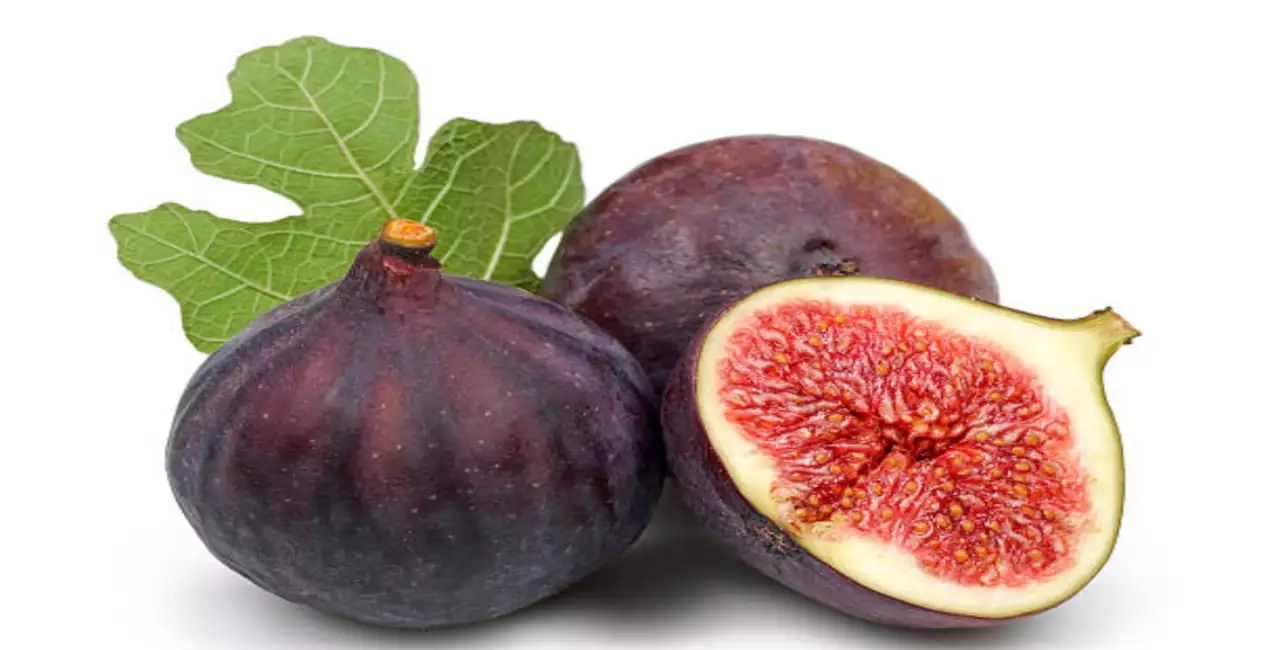Currently Empty: ₹0.00

Timla, scientifically known as Ficus auriculata, is a species of fig native to the Himalayan regions, particularly in Uttarakhand, India. Known locally as Timla, this fruit-bearing tree is widely admired for its nutritional and medicinal properties and plays a significant role in the local economy and culture. Timla is a small yet resilient fruit that has been an integral part of the Himalayan diet and traditional medicine, providing both food and remedies for generations.
Description of the Timla Tree
Timla trees grow abundantly in the hilly terrains of Uttarakhand and can reach a height of around 10-12 meters. They are easily recognizable by their large, lobed leaves, which give the tree a distinctive look among other vegetation in the region. The tree produces small green fruits that turn purplish when ripe, usually during the late monsoon season. Timla fruits are soft, slightly sweet, and have a unique taste that is enjoyed by the locals.
The Timla tree is well-suited to the hilly climate and soil conditions in Uttarakhand, and it thrives in both wild and cultivated forms. Its adaptability to high-altitude, less fertile lands makes it an invaluable resource for local communities, as it requires minimal maintenance and provides a steady supply of fruit.
Nutritional Benefits of Timla
Timla is not only delicious but also highly nutritious. The fruit is packed with essential nutrients, including dietary fiber, vitamins (such as vitamins A, C, and E), and minerals like potassium, calcium, and magnesium. These nutrients contribute to a range of health benefits, including supporting immunity, bone health, and digestion.
- Rich in Antioxidants: Timla contains various antioxidants, which help reduce oxidative stress in the body. These antioxidants combat free radicals and protect cells from damage, potentially lowering the risk of chronic illnesses and aging-related issues.
- High Fiber Content: The high dietary fiber content in Timla aids in digestion and helps prevent constipation, making it an excellent choice for people seeking natural digestive support.
- Natural Energy Source: With natural sugars, vitamins, and minerals, Timla provides a quick boost of energy. It’s ideal as a pre-workout snack or as a natural remedy for fatigue, especially in areas with limited access to processed energy sources.
- Supports Bone Health: The calcium and phosphorus in Timla contribute to strong bones and teeth, helping prevent osteoporosis and other bone-related issues. Given that the hilly population often has limited access to calcium-rich foods, Timla becomes an important part of a balanced diet.
Traditional Medicinal Uses
Timla has been used for generations in traditional medicine to treat various ailments. It is widely known in Ayurvedic and local healing practices for its therapeutic benefits:
- Digestive Aid: Timla is known to have mild laxative properties, helping relieve constipation and indigestion. Local healers recommend eating the fruit for its digestive benefits, especially in the form of a mild decoction or syrup.
- Blood Purifier: Traditional practitioners believe that Timla has blood-purifying properties. Consuming the fruit or its extract is thought to cleanse the blood, which in turn promotes clearer skin and a stronger immune system.
- Treatment for Respiratory Issues: Timla is also used in folk remedies to address respiratory problems such as cough and asthma. The fruit and leaves are sometimes used to make herbal preparations that can alleviate breathing issues.
- Boosting Immunity: The natural antioxidants, vitamins, and minerals in Timla strengthen immunity, making it a staple in regions where medical facilities may be far from reach.
Timla in Uttarakhand’s Culinary Culture
Timla holds a unique place in the cuisine of Uttarakhand. In addition to being eaten fresh, Timla is used in a variety of dishes. The fruit’s pulp is often mixed into chutneys, adding a distinctive sweet and tangy flavor to meals. Some locals also prepare a jam-like spread with Timla, which is preserved and used throughout the year.
In some parts of the region, the fruit is dried and consumed as a snack or added to savory dishes, enhancing both flavor and nutrition. Traditional recipes incorporate Timla to celebrate the seasonal abundance and emphasize Uttarakhand’s commitment to sustainable, locally sourced food.
Economic Importance of Timla
Timla contributes significantly to the rural economy of Uttarakhand. The tree requires minimal upkeep, making it an excellent crop for small farmers. Additionally, there is a growing demand for Timla in urban markets due to the increased awareness of its health benefits. Some local farmers sell fresh Timla fruits in nearby markets, while others dry and package them for broader distribution.
This fruit has also attracted the interest of entrepreneurs in Uttarakhand who are looking to produce jams, chutneys, and other value-added products from Timla. By investing in these small industries, the people of Uttarakhand are creating opportunities for economic growth and reducing migration from rural areas to cities in search of employment.
Conservation and Sustainability
The Timla tree, while resilient, faces threats from deforestation and changing climate patterns. To preserve this important resource, several conservation efforts have been initiated, both by the government and non-governmental organizations. Local communities are encouraged to cultivate Timla and other native plants, which support biodiversity and prevent soil erosion. Educational programs on sustainable harvesting practices ensure that the fruit can be enjoyed by future generations.
Furthermore, initiatives aimed at promoting organic farming and fair trade practices are helping to establish a sustainable Timla market, creating a win-win for both the environment and local communities.
Conclusion
Timla is more than just a fruit in Uttarakhand – it is a symbol of resilience, nutrition, and tradition. From its medicinal uses and culinary versatility to its role in the local economy, Timla has proven to be a valuable asset for the people of this region. As interest in traditional foods and natural remedies grows, Timla is gaining recognition beyond its native hills, embodying the spirit of Uttarakhand’s connection to nature and sustainable living.


